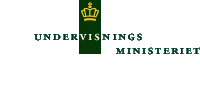
EDUCATION FOR SUSTAINABLE DEVELOPMENT
BALTIC 21
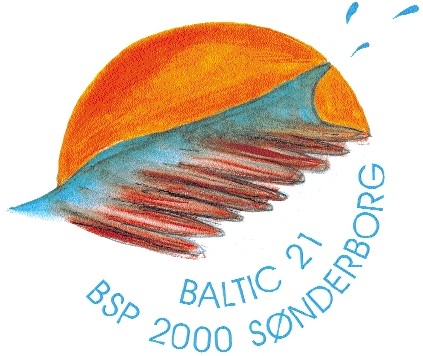
Solar energy, the basis of life on Earth. Wave energy reaches the nine Baltic beaches, which are protected by the white tailed eagle
-one of the indicator species of our home sea: Everything in life is interrelated!«

Learners guide no.5
Preface
By Elizabeth Khawajkie
At the United Nations World Summit on Sustainable Development in Johannesburg, South Africa (26 August – 4 September 2002), a new approach to sustainable development was born, built on three “interdependent and mutually reinforcing pillars” – economic development, social development and environmental protection. The commitment expressed in Chapter 36 of Agenda 21 of the United Nations Conference on Environment and Development, Rio de Janeiro, Brazil (1992) was reaffirmed, as was the central role of education as the foundation of all sustainable development.
One of the most positive outcomes of the Jo-hannesburg Summit was its recommendation to the United Nations General Assembly that “it consider adopting a Decade of Education for Sustainable Development starting in 2005”. Just three months later, on 9 December, 2002, the United Nations General Assembly decided to proclaim the ten-year period beginning on 1 January 2005 as the United Nations Decade of Education for Sustainable Development.
The experience, methodology and educational materials which have resulted from the Baltic Sea Project (BSP) will provide valuable examples of good practice in quality education which can inspire UNESCO’s work and role when preparing the Decade of Education for Sustainable Development.
The Baltic Sea Project is visionary in that it anticipated by many years a concept which has since been endorsed at the highest political level. Launched in 1989 by Finland in seven countries, within the framework of UNESCO’s Associated Schools Project Network (ASPnet),
the project promoted both environmental awareness and international cooperation while encouraging schools to find creative solutions locally. Today this flagship project includes all nine countries around the Baltic Sea, where it creates networks of schools and stimulates the development of teaching methods in environmental education and education for sustainable development, with excellent results.
The initiatives of the Baltic Sea Project over the last 14 years are exemplary in their integration of local, national and regional levels, but also because they have inspired and served as a blueprint for such other ASPnet projects as the Blue Danube Project (launched in 1991); the Caribbean Sea Project (1994), the Western Mediterranean Project (1996) and the Zambesi River Project (1998). With such a multiplier effect, the Baltic Sea Project can truly be said to be global in scope.
I warmly welcome this fifth learners’ guide of the Baltic Sea Project “Education for Sustainable Development-Baltic 21 – An Agenda 21 for the Baltic Sea Region”, which emphasises a holistic, interdisciplinary approach to the complex subject of sustainable development. This publication complements the four other handbooks published by the Baltic Sea Project on Air Quality, Water Quality, Rivers, and on the topic “From Words to Action”.
“From Words to Action” is an apt summary of the work of the Baltic Sea Project and I wish it continued success. My congratulations go to the editor of the learners’ guide, Birthe Zimmer-mann, and the many contributors who have joined her in putting action back into words again.

Elizabeth Khawajkie
International Co-ordinator
Associated Schools
Project Network, UNESCO
The Baltic Sea Project
The general co-ordination of the Baltic Sea Project rotates anti-clockwise Finland – Sweden – Denmark – Germany – Poland &
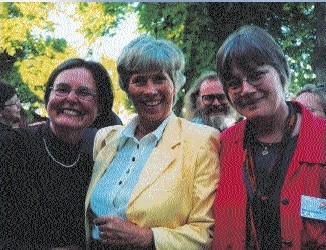
Finland 1989 – 1992, Liisa Jäskelainen (left) Sweden 1993-1997, Siv Sellin (middle) Denmark 1997- 2000, Birthe Zimmermann (right)
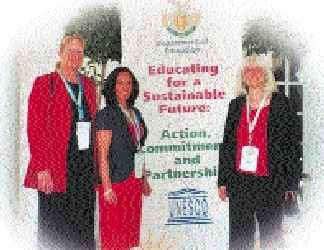
Germany 2000-2003, Ute Grönwoldt (left) Poland 2003 - , Jolanta Mol (middle) Germany’s ASPco-ordinator Eva Maria Hartmann (right)
TO THE READER
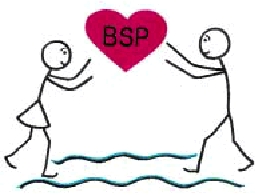
Zane Zárdina, Latvia
By Birthe Zimmermann
Education for Sustainability was introduced into the Baltic Sea Project with the Rio Declaration in 1992. The Agenda 21 Action Plan moved the focus somewhat from environmental education onto individual lifestyle education, asking for philosophical reflections and approaches to changing personal attitudes. Some of the chapters of the Agenda 21 Action Plan created the basis and starting point for the Baltic Sea Project conference “From Words to Action” in Nyköping, Sweden in 1997. In 1998, Learners’ Guide 3 was published, with the same title as a prologue.
The regionally agreed Agenda 21, entitled Baltic 21, formed the framework for the BSP schools to work within one or more of the sectors prior to the 2000 Baltic Sea Project conference “On the Threshold – Baltic 21”, held in Sønderborg, Denmark in June 2000.
The Baltic 21 Secretariat supported the conference with a letter of understanding, and made the Baltic Sea Project Conference part of Baltic 21 Joint Action 7. As a result, the BSP school network maintained its pilot function in promoting education for sustainable development, and continued to serve as a source of inspiration for others.
This book is based on the outcome of the conference in 2000, adding perspectives and results achieved in the years after the conference.
The first part of the book introduces suggestions for schools preparing work on the different sectors included in Baltic 21 – sustainable agriculture, energy, education, forestry, fisheries, industry, tourism and transport. The second part deals with the Haga Declaration, the decision and reasons for making education an important sector in the Baltic 21 agreement in 2002, and presents suggestions for school curricula items concerning the education sector. The third part is based on lectures presenting reasons why education for sustainable development needs to combine local cultural and social actions as well as international dimensions in order to achieve a global perspective. The lecturers have different backgrounds and educational qualifications.
Other parts demonstrate how education for democracy can form part of the students’ work and lead to empowerment and increased action competence.
The best practices described show a kaleidoscopic bouquet of experiences and practices, thus underlining the differences in educational systems, culture and traditions in the Baltic Sea Region, and simultaneously emphasising the necessity to work locally in order to understand globally.
Students express their concern for the environment through their actions and through artwork, while concern for the Baltic Sea is also clearly expressed in the hymn composed for the conference (see next page).
Learners’ Guide 5 is a contribution to the efforts made within Baltic 21 Education. We hope it will serve as a source of inspiration for others. Thank you to all who contributed!
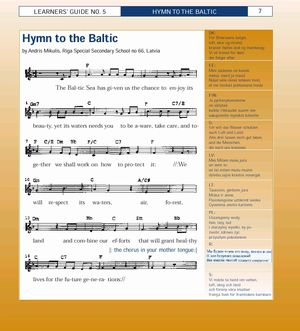

Denne side indgår i publikationen "EDUCATION FOR SUSTAINABLE DEVELOPMENT" som Forord
© Undervisningsministeriet 2003
|